UK Alcohol Duty and its Enforcement
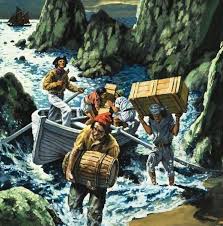 During the 18th Century smuggling in Cornwall was a way of life. It is said that at its peak, more than 500,000 gallons of French brandy was smuggled in per year. This equates to more than two million bottles. Whole families were involved and the number of smugglers far outweighed the number of Excise men stationed along the coast to stop them. There was a strong incentive to continue since the cost of buying brandy legally, with Alcohol Duty paid, was five times greater than the cost of the contraband. It was often the case that even the judiciary, doctors and priests were in on the act as they provided the funds.
During the 18th Century smuggling in Cornwall was a way of life. It is said that at its peak, more than 500,000 gallons of French brandy was smuggled in per year. This equates to more than two million bottles. Whole families were involved and the number of smugglers far outweighed the number of Excise men stationed along the coast to stop them. There was a strong incentive to continue since the cost of buying brandy legally, with Alcohol Duty paid, was five times greater than the cost of the contraband. It was often the case that even the judiciary, doctors and priests were in on the act as they provided the funds.
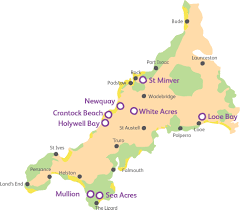 Most of the brandy came from the ports of La Rochelle and Rochefort and illegal shipments arrived regularly at Falmouth coves such as Helford, Gweek, Porthallow and Godrevy. The French were still reducing their wines for easier transportation to England, Ireland and Holland. The quantity of brandy shipped to England did much to support the French brandy industry during the 18th Century. However, by the early 1800s Customs had started to gain a level of control. Some smugglers were apprehended but juries were often reluctant to convict as many had connections with the trade. Even by the mid 19th Century, £millions were still being lost due to the Cornish smugglers evading tax.
Most of the brandy came from the ports of La Rochelle and Rochefort and illegal shipments arrived regularly at Falmouth coves such as Helford, Gweek, Porthallow and Godrevy. The French were still reducing their wines for easier transportation to England, Ireland and Holland. The quantity of brandy shipped to England did much to support the French brandy industry during the 18th Century. However, by the early 1800s Customs had started to gain a level of control. Some smugglers were apprehended but juries were often reluctant to convict as many had connections with the trade. Even by the mid 19th Century, £millions were still being lost due to the Cornish smugglers evading tax.
 Alcohol Duty is of course an important part of the British tax system and is calculated today at a cost of £28.74 per litre of pure spirit. A 70cl bottle of brandy at 40% alcohol by volume (abv) therefore attracts a duty of £8.05. Shipments of cognac to the UK currently stand at more than 12 million bottles per annum and the duty collected is around £100 million.
Alcohol Duty is of course an important part of the British tax system and is calculated today at a cost of £28.74 per litre of pure spirit. A 70cl bottle of brandy at 40% alcohol by volume (abv) therefore attracts a duty of £8.05. Shipments of cognac to the UK currently stand at more than 12 million bottles per annum and the duty collected is around £100 million.
It goes without saying that smuggling today is vastly reduced. The sale of illegal spirits does much harm to our industry. All shipments of spirits entering the country must be accompanied by documentation stating the quantity of pure spirit they contain. Duty must be paid when the alcohol enters the country, unless it is to be stored in a bonded warehouse. In this case, Duty is paid when the alcohol is taken out of the bond. All UK companies dealing in wines and spirits must be registered with HM Customs.

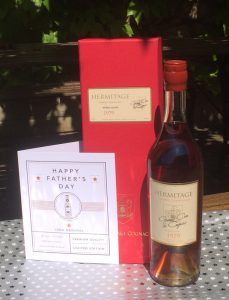
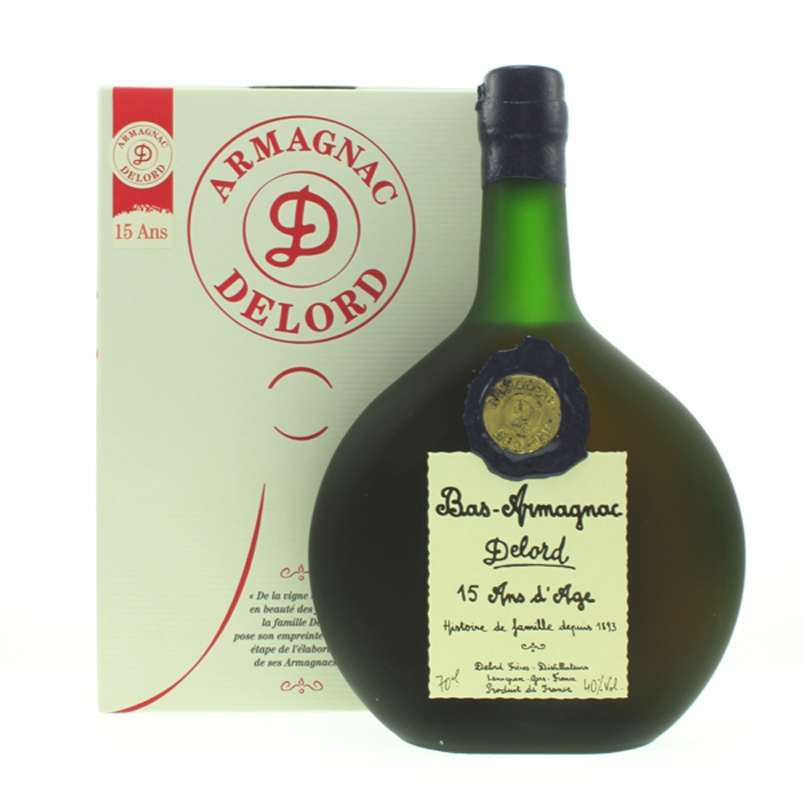
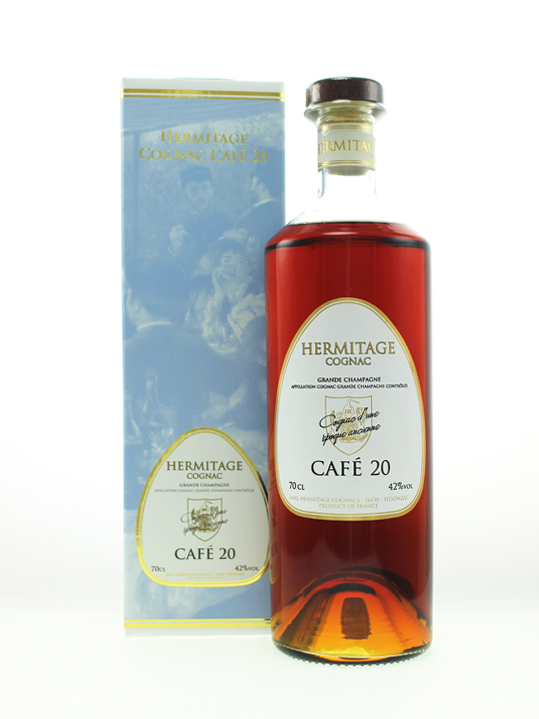
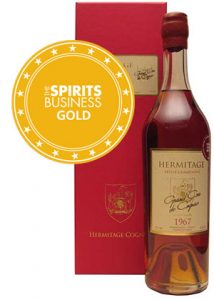 We are delighted to announce that in the 2017 Cognac Masters our two single vintage cognacs both won Gold Medals.
We are delighted to announce that in the 2017 Cognac Masters our two single vintage cognacs both won Gold Medals.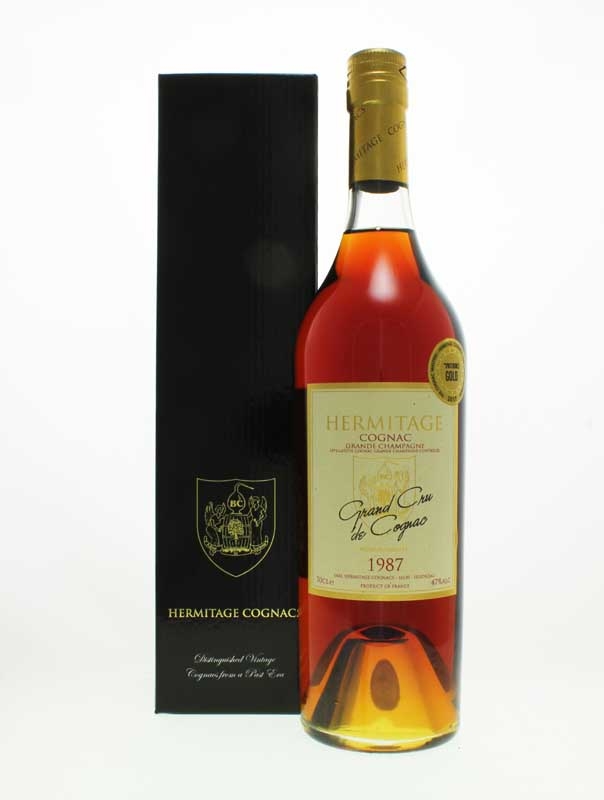
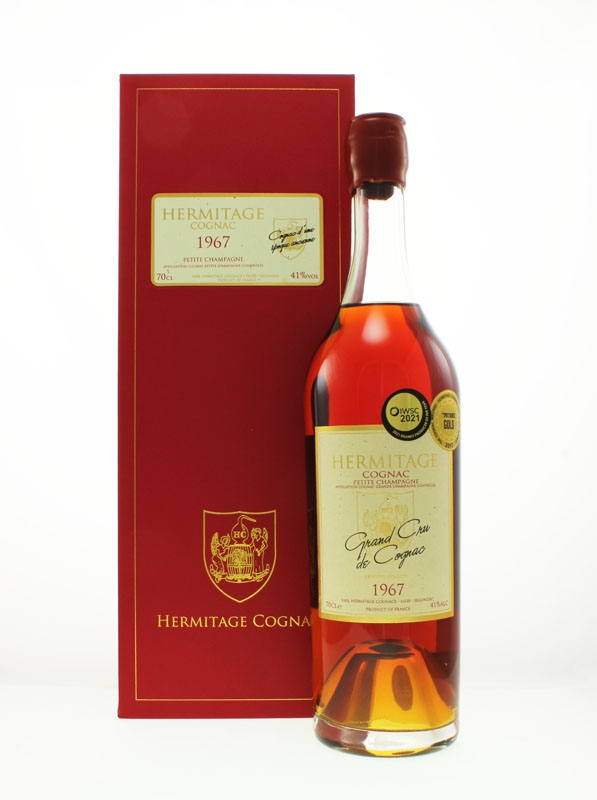
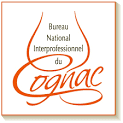 region and created the wine and eaux-de-vie distribution bureau to preserve the cognac stock. When the war ended this organisation emerged as the Bureau National Interprofessionnel du Cognac (BNIC), cognac’s governing body. Composed equally of growers and merchants, the BNIC acquired a great deal of de facto independence from the government in the formulation and supervision of the rules governing
region and created the wine and eaux-de-vie distribution bureau to preserve the cognac stock. When the war ended this organisation emerged as the Bureau National Interprofessionnel du Cognac (BNIC), cognac’s governing body. Composed equally of growers and merchants, the BNIC acquired a great deal of de facto independence from the government in the formulation and supervision of the rules governing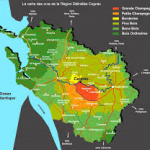 cognac. The BNIC also took over the role, previously performed by Martell and Hennessy, of deciding the price of new brandies from various crus. The cognac region had been divided into crus in the 1930s as a natural consequence of the Appellation d’Origine Contrôlée system which had become law in 1905.
cognac. The BNIC also took over the role, previously performed by Martell and Hennessy, of deciding the price of new brandies from various crus. The cognac region had been divided into crus in the 1930s as a natural consequence of the Appellation d’Origine Contrôlée system which had become law in 1905.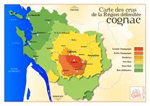 The 31st of March in the Cognac region (also known as The Charente) is the last day in the year when cognacs may be distilled from the wines produced from the previous grape harvest. Most will have been distilled in the last part of 2016 but larger vineyards will have continued distilling through to this year. On the 1st of April, all the
The 31st of March in the Cognac region (also known as The Charente) is the last day in the year when cognacs may be distilled from the wines produced from the previous grape harvest. Most will have been distilled in the last part of 2016 but larger vineyards will have continued distilling through to this year. On the 1st of April, all the 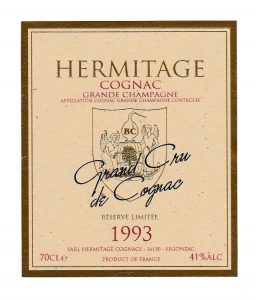 beverages in 2011. Will cognac labelling have to change? Aware that label space is an issue, the
beverages in 2011. Will cognac labelling have to change? Aware that label space is an issue, the 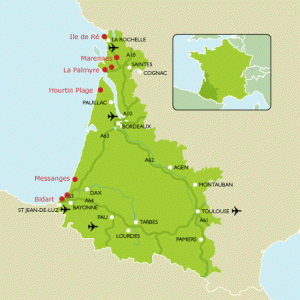 David McAninch has written this highly entertaining book about Gascony – “France’s Last Best Place” after an 8 month stay in the region. With interesting quotes such as “the quantity of
David McAninch has written this highly entertaining book about Gascony – “France’s Last Best Place” after an 8 month stay in the region. With interesting quotes such as “the quantity of 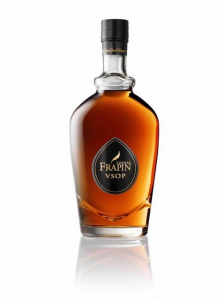 Frapin has released its VSOP in a new decanter – taller and narrower than the original, it has different detailing on the neck and stopper. One could argue that it looks more like a bottle than a decanter. Frapin is the largest single estate in Grande Champagne (240 hectares) with a family history dating back to 1270. They are known for producing fruity, balanced cognacs but without age statements. A VSOP only has to be aged for 4 years – quite young for the price tag of £55. Compare this with our
Frapin has released its VSOP in a new decanter – taller and narrower than the original, it has different detailing on the neck and stopper. One could argue that it looks more like a bottle than a decanter. Frapin is the largest single estate in Grande Champagne (240 hectares) with a family history dating back to 1270. They are known for producing fruity, balanced cognacs but without age statements. A VSOP only has to be aged for 4 years – quite young for the price tag of £55. Compare this with our 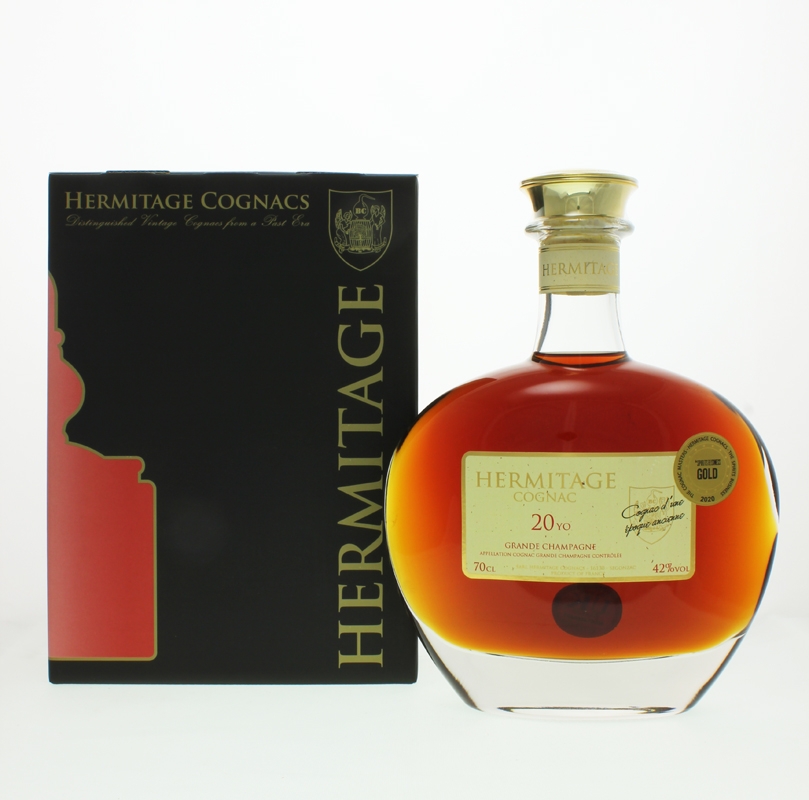
 One of the 4 key spirit trends for 2017 is
One of the 4 key spirit trends for 2017 is